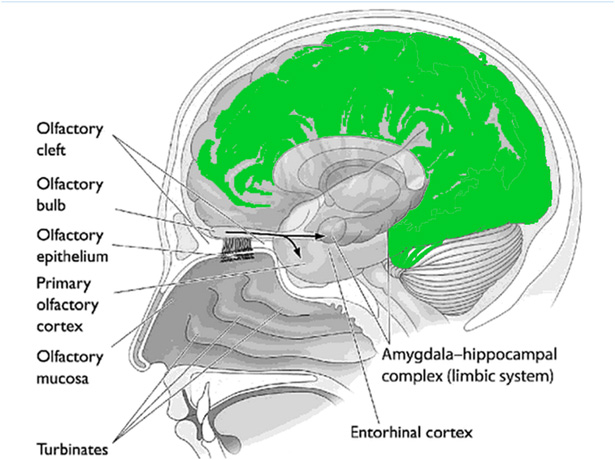
Chatter about the increasing popularity of pilsner, maybe even pale lager, is pretty constant on Twitter, but got a little louder following a recent story in The Washington Post (“Make room, hoppy IPA. Pilsener is the buzzy new craft beer”). In it, Matt Brynildson makes it clear that Firestone Walker’s Pivo Pils is a hoptimized, Americanized version of a pale lager.
But time moves on and memories fade. After drinking fresh Pilseners on trips to Europe, Brynildson decided he wanted to bring one back to Southern California. That became Firestone’s Pivo Hoppy Pils, which uses German hops, malt and yeast, but adds dry-hopping with spicy, citrusy Saphir hops, a technique not used in the old country. “I put it under the nose of a German brewmaster, and they say, ‘This is nice, but this is not a Pilsener,'” he laughs. “Pivo is just too aromatic, too hop-aroma-forward for Europe.” It does well in hop-crazy America, though: Pivo won gold medals at the Great American Beer Festival every year from 2013 to 2015. For IPA lovers who are just moving into Pilseners, there’s something more recognizable from the level of hops, even if they don’t taste the same as the tropical hops in, say, Firestone’s Luponic Distortion IPA.
That provides context to a reply I made on Twitter. (You may want to expand it to read a longer conversation.)
@sgfbeerbuzz @Thirsty_Pilgrim @LathamAlec Less is more.
— Stan Hieronymus (@StanHieronymus) May 2, 2017
The reasons why include the obvious as well as the results of research by scientists who received a nobel prize for unraveling some of the mysteries of aroma. In the obvious column there is masking, in which one odor compound overpowers the others. Think piles of barbecue sauce on smoked meat.
How the brain translates odor compounds into aroma is more complicated. Linda Buck and Richard Axel were awarded the Nobel Prize for Physiology or Medicine only in 2004 for their discoveries — an indication of how long it took scientists to crack the code.
Olfactory receptors are buried in the two patches of yellowish mucous membrane called the olfactory epithelium, which are about seven centimeters up from each nostril. Humans have about 20 million receptors, covering the epithelium of both our right and left nostrils. The first stop a collection of molecules otherwise known as an odor makes on the way to the brain, and to being identified as a particular aroma, is in the receptors. Once activated, neurons transmit signals to the olfactory bulb of the brain, which relays those signals to the olfactory cortex. Olfactory information is sent from there to a number of other brain areas, including higher cortical areas thought to be involved in odor discrimination and deep limbic areas. Odor sensation becomes olfactory perception.
Buck and Axel discovered a family of 1,000 olfactory receptor genes that give rise to an equivalent number of olfactory receptor types. They later found that closer to 350 of the receptor types may be active, but even that number dwarfs the four types of receptors necessary for vision.
They determined odor receptors operate in combination to encode odor identities. Different odors are encoded by different combinations of odor receptors. Each odor receptor is part of the codes for many odors, and different odors have different receptor codes. Altering the molecular structure of an odor changes the receptor code and therefore the perceived odor. For the same reason, a change in the concentration of an odor may change how it is perceived. Higher concentrations involve additional odor receptors, again altering the odor response.
In terms simple enough for me to understand, it smells different.